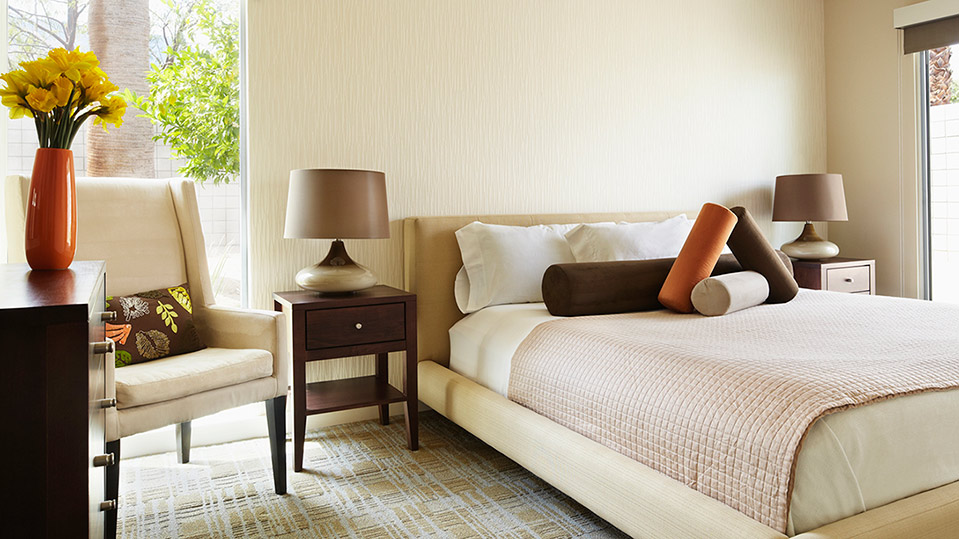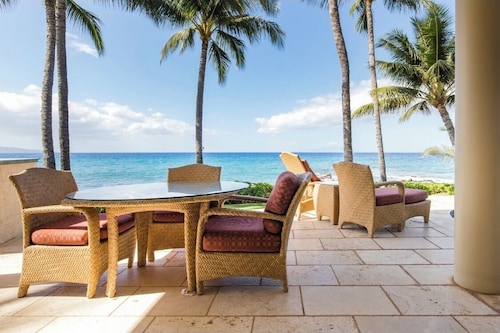Hotels & Accommodation near Molokini
More than just hotels
Apartments, cabins, holiday rentals and more, plus millions of reviews from Aussie & Kiwi travellers
Flexibility matters
24/7 support, so you can book with confidence
Unlock member prices with Mates Rates
You could save 10% or more on over 100,000 hotels right now.
Check availability on hotels close to Molokini
Top hotels near Molokini
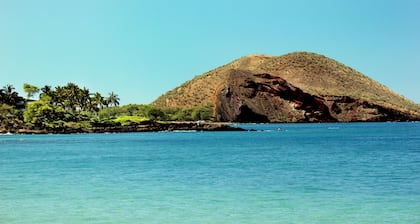
Makena Surf - CoralTree Residence Collection
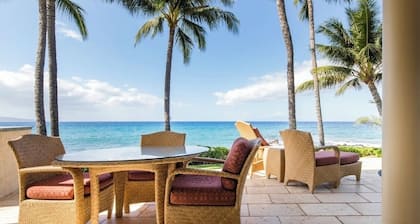
DISCOUNTED OCTOBER Special - Oceanfront Private Home
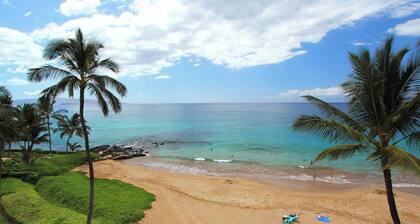
Polo Beach - CoralTree Residence Collection

Polo Beach Club Vacation Rentals - APlus Resorts
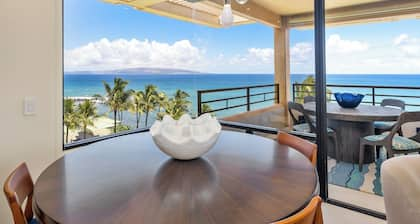
Breathtaking Ocean Views! Beach Front Luxury Penthouse, Polo Beach 2 Bed/2 Bath

Fairmont Kea Lani Maui Villa Experience
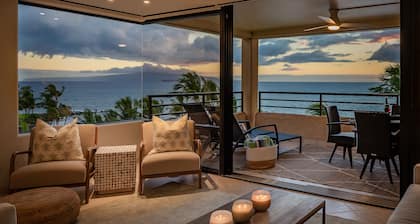
Modern and Luxurious Beachfront Property at Polo Beach
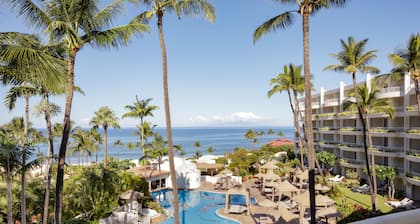
Fairmont Kea Lani Maui

Four Seasons Resort Maui at Wailea

Grand Wailea Maui, A Waldorf Astoria Resort

Wailea Beach Resort - Marriott, Maui
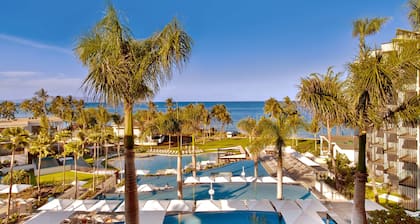
Andaz Maui at Wailea Resort - a concept by Hyatt
Hotels Near Molokini
Location, location, location—the mantra is as true in travel as it is in real estate. If you've ever stayed in the boonies, trekked in to see the sights or attend that conference, and trekked out again at the end of a long day or an even longer night, you know exactly what we're talking about. You know that staying in one of the hotels close to Molokini will put you in the middle of the action, and that there's no better place to be when you're away from home. Why miss hours of sightseeing or precious sleep while fellow tourists or colleagues live it up in the destination you'd been waiting so long to see?
But never fear, dear traveller: Molokini accommodation won’t break the bank. With Wotif bringing you the best deals in travel, you can book accommodation near Molokini without blowing your budget, and the money you'll save by snagging that central location at a cheap rate will pay you back in spades. Explore the neighbourhood. Hang with the locals. Let the hotel concierge recommend the best "extras" you denied yourself last time you travelled—that great local restaurant or bar, the expert-guided tour, or the local haunt tourists don't usually know about.
And between adventures, hang out at a great hotel with all the amenities you expect when you travel. The choice is yours, and Wotif is here to help.
Molokini hotels essential information
Accommodation | 5,692 hotels |
|---|---|
Lowest Price | AU$1,213 |
Highest Price | AU$6,458 |
Popular hotels | Grand Wailea Maui, A Waldorf Astoria Resort, Fairmont Kea Lani Maui, Four Seasons Resort Maui at Wailea, Makena Surf - CoralTree Residence Collection, Wailea Beach Resort - Marriott, Maui, DISCOUNTED OCTOBER Special - Oceanfront Private Home, Polo Beach - CoralTree Residence Collection, Polo Beach Club Vacation Rentals - APlus Resorts, Breathtaking Ocean Views! Beach Front Luxury Penthouse, Polo Beach 2 Bed/2 Bath, Fairmont Kea Lani Maui Villa Experience, Andaz Maui at Wailea Resort - a concept by Hyatt, Modern and Luxurious Beachfront Property at Polo Beach |
New reviews! Best hotels in Molokini

